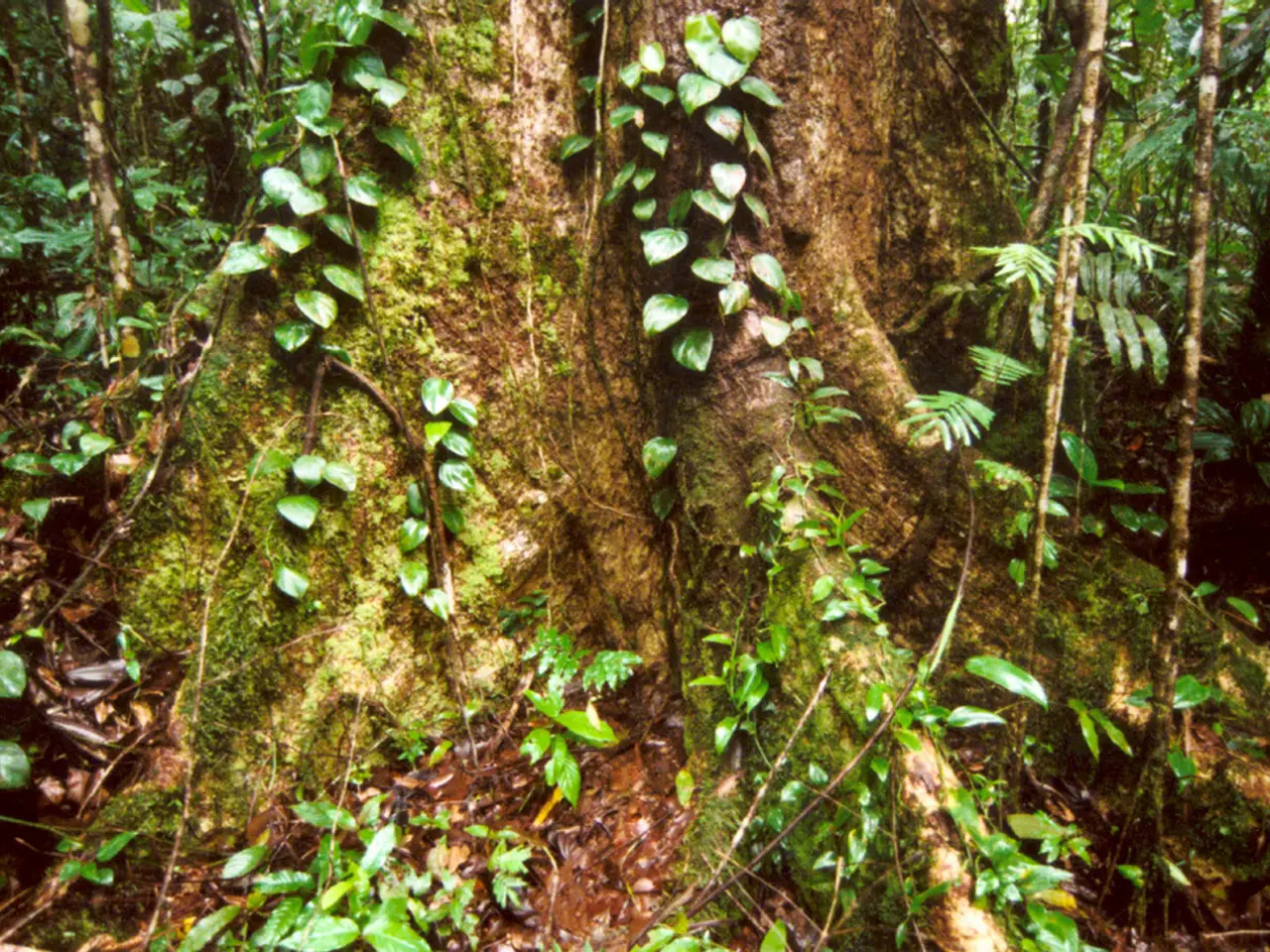Effortless Plant Multiplication: A Guide!
In the realm of gardening, plant propagation is a technique that empowers growers to reproduce plants from a single parent plant. This method, one of the oldest known to humankind, has been employed for centuries to add desired traits from one plant to another.
Grafting, a popular propagation technique, involves attaching a stem from one plant to another to form a single plant. This practice is not only used for its aesthetic appeal but also to transfer beneficial characteristics, such as disease resistance or improved fruit quality.
Stem cutting is another propagation method that works best with annuals, vegetables, and houseplants. It entails cutting a piece of stem with several leaves and attaching it to a planting medium. This method is simple and effective, making it a favourite among many gardeners.
For those working with perennials and spring-to-summer flowering plants at least two years old, division may be a more suitable option. This process involves breaking clumps of plants apart to form new ones.
Layering is another propagation technique that is as straightforward as it is effective. This method involves bending, binding, and burying plant branches into the ground, allowing the stems to root and eventually grow into new plants.
Budding, on the other hand, is a more complex method that is often used on fruit trees to boost production. It involves attaching a mature bud of one plant to an incision on another plant's stem, which then grows into a new plant.
Cutting, another propagation method, can be divided into four types: softwood cutting, hardwood cutting, leaf-cutting, and stem cutting. Softwood cutting is best done in late spring to early summer, while hardwood cutting is done when the plant is dormant, during the late fall to winter season. Leaf-cutting is best suited to succulents and houseplants with fleshy leaves and can be done at any time of the year.
To increase the chances of success with plant propagation, a soil-less medium like a combination of vermiculite and perlite or builders sand can be used. This approach allows for better root development and a higher success rate.
Using healthy mother plants for propagation is essential to prevent the spread of diseases and pests. Proper care and maintenance of the mother plant are crucial to ensure the health of the propagated plants.
In addition to the above-mentioned methods, there are various other plant propagation techniques, such as seed propagation and tissue culture. Each method has its own benefits and drawbacks, and the choice of method depends on the plant species, the desired outcome, and the resources available.
For those just starting out in gardening, ECOgardener offers herb starter kits for indoor and outdoor gardening. These kits come with all the necessary items for an urban garden, making it easy for beginners to get started.
In conclusion, plant propagation is a valuable skill for any gardener. Whether you're a seasoned pro or just starting out, understanding the various propagation techniques is key to successful gardening. Happy propagating!




